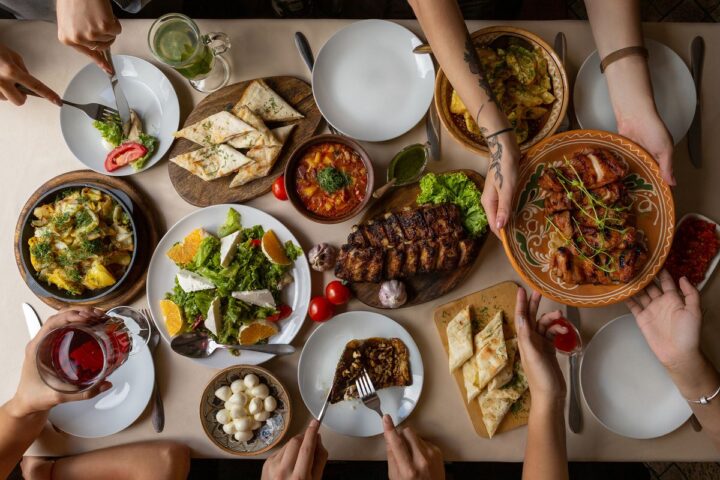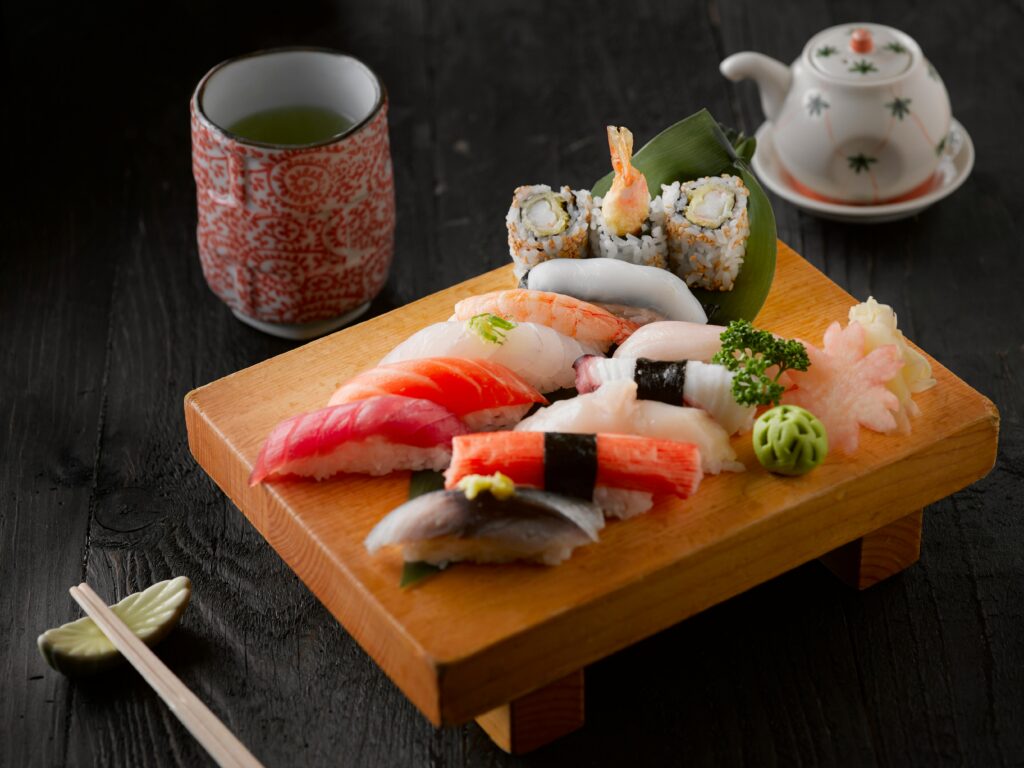When we think of global cuisines, underrated cuisines of the world are least likely to be on your mind. The usual ones that catch your attention most quickly are Italian, Chinese, and French, which are often the first to come to mind. These underrated cuisines are known for their delicious flavours, innovative cooking techniques, and wide influence over the span of many years of colonialism.
However, many other equally tasty and culturally rich cuisines are often overlooked and underappreciated. In this article, we will highlight some of the world’s most underrated cuisines, exploring the unique ingredients, traditional dishes, and cooking methods that make them special and deserving of more attention.
Also read A Guide To 7 Most Expensive Markets In India
Seven Underrated Cuisines Of The World Worth Trying
Filipino Cuisines
Filipino cuisines are known to be the testament to the best original fusions. Filipino cuisines are filled with indigenous products and flavours of the local produce. It is believed that the food here has been heavily shaped by the environment, and produce has become a state of locals. These local products are then blended with foreign influences to produce the final product.
Most Filipino dishes are made with a combination of sweet, salty, and sour tastes. Furthermore, meat is one of the main and prominent ingredients that could be found in these dishes. Usually, these meats consist of Chicken and Pork.
Must try: Sinigang, Lumpia, Adobo, Champorado and Halo-Halo
Lebanese Cuisine
Lebanon is known as a culinary and cultural hub where Western influence has taken over a scale for the better. There is a rich and unique cultural legacy associated with Lebanese cuisines, and Lebanese food is categorised as one of the Middle Eastern cuisines that are unique and mouth-watering. Throughout history, Lebanon has been ruled by a number of foreign powers, and each one of them has left a legacy and influence on the local cuisines.
One such example is that of the Ottoman Empire, which introduced a number of food items that later became staples in the diet of locals. One would be surprised to know that even Baklava is one of those foods. Contemporarily, Lebanese cuisines are a major part of the Mediterranean diet. These foods include a number of fruits, starches, vegetables and fresh seafood.
Must Try: Falafel, Shawarma, Sfeeha, Baklava and Tabouleh
Also read From Silver Screen To Silver Spoon: Best 7 Celebrity Owned Restaurants In Delhi
Moroccan Cuisine
Moroccan cuisines are usually seen as a mix of multiple cuisines and cultures over the span of a few centuries. The mix consists of cuisines such as Berber, Arab, Andalusi and Mediterranean. Like other cuisines in the Maghreb, Moroccan cuisine is more similar to Middle Eastern cuisine than to other African cuisines. Moroccan chef and food expert Hossin Houari says that the oldest elements of Moroccan cuisine, which we can still see today, date back to the 7th century BC.
You will be able to find a number of meats. Morocco grows many Mediterranean fruits and vegetables and even some tropical products like snails. Common meats are beef, goat, mutton, and lamb, along with chicken and seafood, which are key parts of the cuisine. Typical flavours come from the lemon pickle, argan oil, preserved butter (smen), olive oil, and dried fruits.
Must try: Tagine, Zaalouk, Mint tea, Fish Chermoula, Moroccan Tea, and Briouat
Vietnamese Cuisine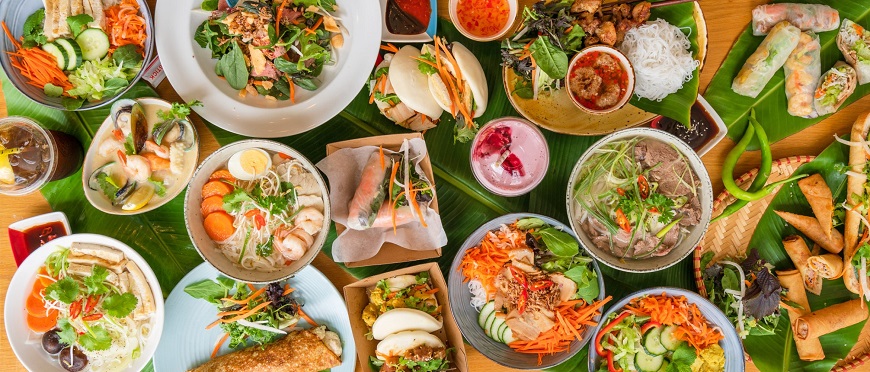
Vietnamese cuisine is popular for its perfect balance of sweetness, savoury and saltiness. They have various kinds of textures and colours that make the food look vibrant and taste delicious. It is said that the history of Vietnamese food is rich and fascinating. It is associated with days of peasants, colonisation and revolutions.
It is believed that it began around 12 BC and started when the people of Vietnam started settling down in the Hong River Valley. Their food was mainly based on hunting and harvesting plants and rice. There has been a strong connection between Vietnam and noodles, and their history can be seen in the 2nd century BC when all of Vietnam was part of a Chinese province.
Since Vietnam was under the influence of Chinese rulers and noodles were invented in one such dynasty, the East Han Dynasty, these noodles and methods were brought to Vietnam and became a part of their culture and diet, too.
Must try: Pho, Cha ca, Banh xeo, Cao lau, Rau Muong, Goi Cuon and Banh Khot.
Portuguese Cuisine
Portuguese food can be seen as greatly influenced by the Age of Discovery. It was a time when explorers like Vasco de Gama and Pedro Álvares Cabral set sail for new lands. It is also shaped by Portugal’s long Atlantic coastline of 1,115 miles. It was believed that they were encouraged by 15th-century Prince Henry the Navigator.
However, this voyage proved to be helpful as it gave a new makeover to the Portuguese Kitchen. Portuguese food has a rich variety of classic dishes with Mediterranean roots, enhanced by African, Brazilian, and Spice Route influences. Today, Portugal has turned this mix into one of Europe’s most precise and lively cuisines.
Must try: Pastel de nata (custard tart), Porco Preto, Arroz de pato (duck rice), Sardinhas assadas (grilled sardines)
Bulgarian cuisine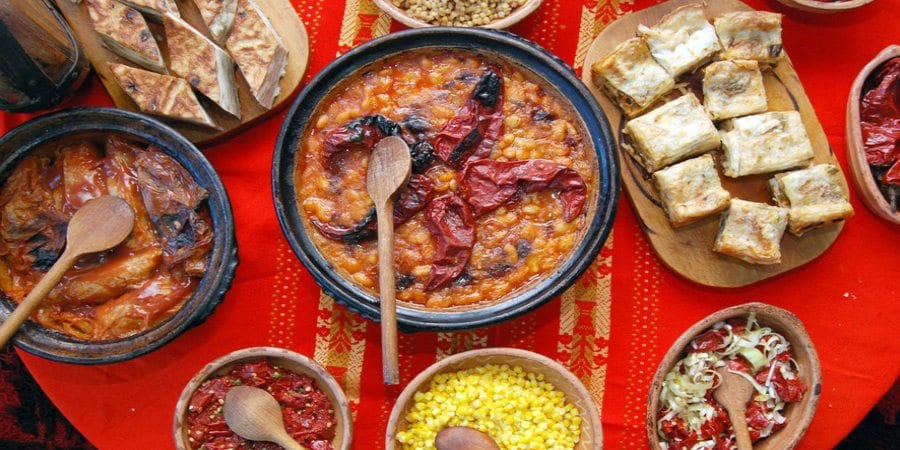
Bulgarian cuisine is known for its diverse and tasty food. Bulgarian cuisine also includes various cold cuts and meat delicacies, with flat sausage being the most famous, especially in Gorna Oryahovitsa. Another popular delicacy is the Banski Starets (the “Bansko Old Man”), commonly served in Bansko. In the Elena region and the Elena Balkans, a speciality is the Elena Pork Leg, which is made with salted pork.
One feature of Bulgarian dishes is that they include a variety of meat delicacies, sausages, and certain kinds of meats that aren’t easy to find anywhere else. Moreover, Popular Bulgarian dishes often involve grilling, such as meatballs, grilled meat pieces, and sausages. However, to know all of Bulgarian cuisine, one might have to explore it regionally, as there are regional variations within Bulgaria.
At last, they also have a variety of salads; the yoghurt and the feta cheese are staples as well and can be seen in various kinds and forms on the table.
Must try: Banitsa, Shopska salad, Cheverme, stuffed peppers, Bob chrorba, and Bulgarian Gyuvench
Turkish cuisines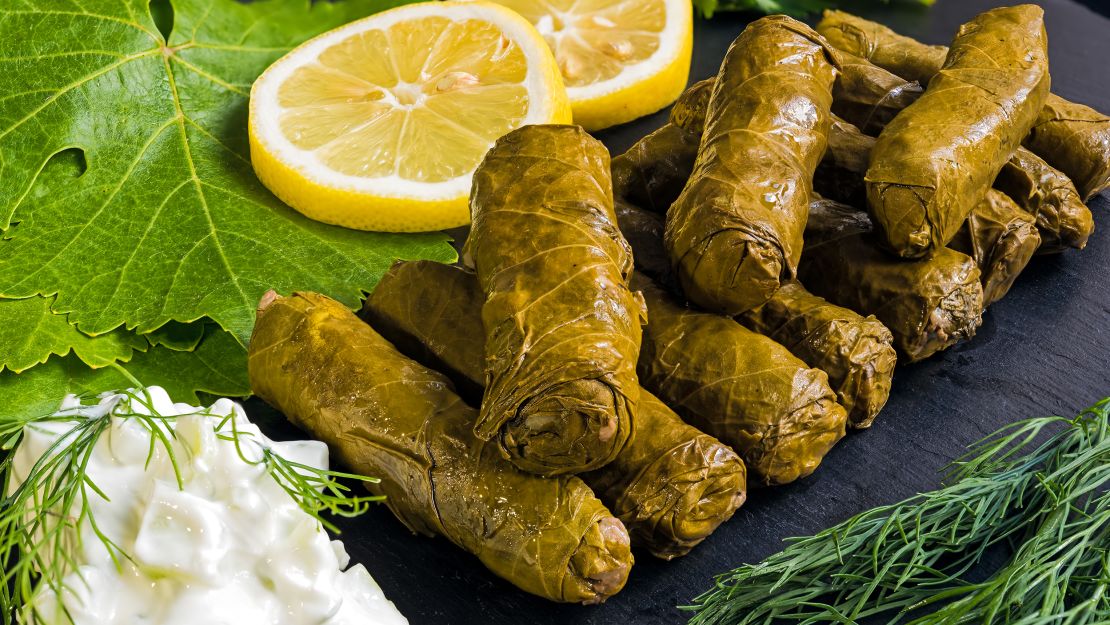
Turkish cuisines are known for their wide variety of dishes. These cuisines come from a rich historical background that serves as an interactive and attractive melting point for all. It is a mixture of various food cultures and has a variety of foods. It is believed that Turkish cuisine has roots in Middle Eastern and Arab cuisine because the Ottomans lived closely with Arabs for a long time.
Turkish cuisine also has an important heritage that is rooted in the Ottoman era. Finally, some people argue that Turkish cuisine originated in Europe due to Ottoman conquests across Europe. The Turkish breakfast consists of a number of options such as bagel, bread, cheese, olives, eggs and sausage, as well as jam, honey, and tea to pair with them.
Must try: Mantı (Turkish Ravioli), Taratorlu Piyaz, Saksuka, Mercimek kofte, and Yaprak dolma
Final thoughts
Exploring the world’s most underrated cuisines is an experience worth trying. From the spicy and varied dishes of Ethiopian food to the subtle and aromatic meals of Georgian cuisine, these lesser-known culinary treasures offer a unique dining experience. These underrated cuisines in the world are a reflection of the cultural heritage and cooking skills of different communities around the world.
So, the next time you want to try something new and exciting, consider exploring one of these underrated cuisines. They might become your favourites in no time.
Also read Beat The Heat With Scoops of Happiness: 5 Ice Cream Parlours In Delhi Uncovered




